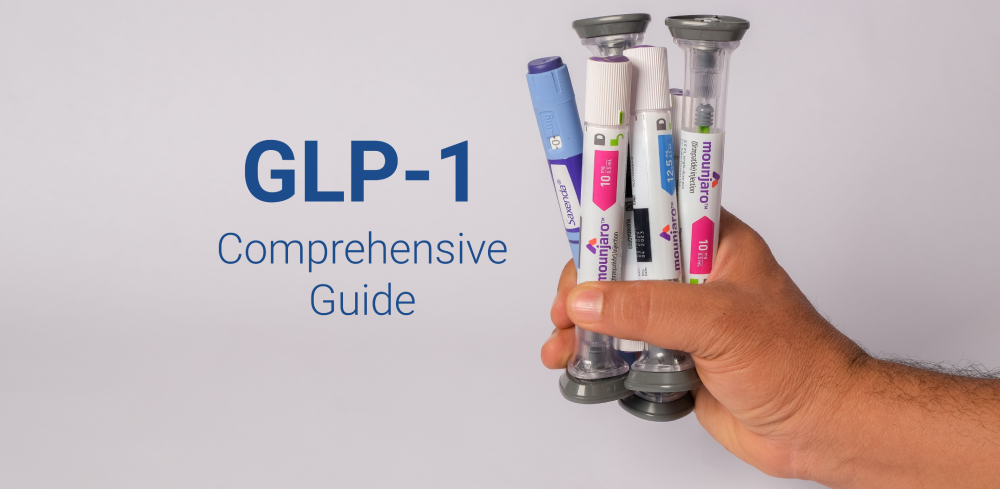Understanding Effective Dieting
Effective dieting involves a comprehensive understanding of balanced nutrition, calorie control, and the distribution of macronutrients. At its core, a sustainable diet prioritizes the consumption of fruits, vegetables, whole grains, lean proteins, and healthy fats. Such dietary patterns not only support weight loss goals but also promote overall health. The modern approach to effective dieting acknowledges the necessity of tailoring these nutritional elements to individual needs and preferences, thereby enhancing adherence over the long term.
Calorie control is a fundamental aspect of any effective diet, necessitating a careful balance between the number of calories consumed and those expended through physical activity. A calorie deficit is essential for weight loss, though it must be achieved without compromising the intake of essential nutrients. Therefore, understanding portion sizes and the energy density of foods is crucial for making informed dietary choices.
Macronutrient distribution plays a vital role in determining the success of a diet. Carbohydrates, proteins, and fats each serve unique functions in the body and should be proportionately included in meals. For instance, low-carb diets have gained popularity due to their potential for rapid weight loss. However, other approaches like the Mediterranean and plant-based diets emphasize the inclusion of various food groups, often leading to more balanced nutrient intake and improved long-term health outcomes.
While certain diets can provide quick results, it is important to recognize that an effective diet should not be viewed as a short-term solution. Personalization is key, as each individual’s needs, preferences, and lifestyle factors differ significantly. A sustainable diet must thus be one that individuals can commit to over time, fostering not just weight loss but lasting health improvements. Ultimately, the effectiveness of a diet lies in its ability to be adapted and maintained, ensuring comprehensive well-being rather than merely serving as a temporary measure.
Smart Strategies for Weight Loss
Embarking on a weight loss journey requires a strategic approach to ensure sustainable results. One of the primary strategies is to set realistic goals. It is essential to recognize that achieving weight loss does not happen overnight. Establishing attainable milestones rather than overly ambitious targets helps maintain motivation and fosters a positive mindset. For example, aiming to lose one to two pounds per week is more achievable and healthier than attempting to shed substantial weight in a short time.
Meal planning also plays a vital role in an effective diet. By organizing meals ahead of time, individuals can make healthier food choices and control portion sizes, reducing the temptation of unhealthy snacks. This thorough preparation can lead to increased success in reaching one’s weight loss goals. Incorporating a variety of foods ensures balanced nutrition, making the diet more enjoyable and easier to adhere to over time.
Mindful eating is another key aspect to consider. This approach involves paying attention to hunger cues and savoring each bite, which helps individuals recognize when they are satisfied. Engaging with food in this manner can prevent overeating and encourage healthier choices. It also fosters a deeper connection with what and how one eats, leading to more conscious food consumption patterns.
Incorporating physical activity into daily routines is crucial for effective weight management. Regular exercise not only burns calories but also improves overall well-being. Finding enjoyable activities—be it yoga, walking, or dancing—can help individuals stay committed to an active lifestyle. It is also helpful to start with modest amounts of activity and gradually increase duration and intensity.
Contrary to popular belief, weight loss is not merely about restriction but rather about developing a balanced, nutritious diet supplemented with healthy habits. Many successful stories from individuals who have embraced these strategies illustrate that with dedication and the right mindset, sustainable weight loss is achievable. By prioritizing health over quick fixes, one can pave the way for a long-term healthier lifestyle.
Gear to Support Your Diet and Weight Loss Journey
Embarking on a diet and weight loss journey can be both rewarding and challenging. One way to simplify this process is by utilizing various tools and equipment designed to bolster your efforts. An assortment of kitchen gadgets and wearable technology can make this journey more manageable, efficient, and even enjoyable.
Meal prep containers are essential for anyone serious about their diet. By allowing for effective planning and portion control, these containers enable individuals to prepare healthy meals ahead of time, reducing the temptation to opt for unhealthy fast foods. Maintaining consistency in your diet becomes easier when nutritious meals are readily available. Additionally, using a food scale helps to measure serving sizes accurately, which is crucial in monitoring daily caloric intake for successful weight loss. Understanding portions ensures that you stay aligned with your dietary goals.
A quality knife is another indispensable tool in the kitchen. Having sharp, well-designed knives enables you to prepare fresh vegetables and other healthy ingredients more efficiently. This not only saves time but also encourages the preparation of meals using whole, unprocessed foods that are vital for effective dieting.
On the technology front, wearable devices like fitness trackers and smartwatches have revolutionized how individuals approach their health and fitness. These gadgets provide real-time insights into physical activity levels, heart rates, and even sleep patterns, allowing users to make informed decisions about their lifestyle. By incorporating these tools, you can track your daily exercise, which is fundamental in complementing your diet plan. Moreover, reminders to move and reminders for hydration serve to encourage an active lifestyle, enhancing the overall effectiveness of your weight loss strategy.
Incorporating these essential tools into your daily routine can greatly support your diet and weight loss journey, ultimately leading to more favorable outcomes and a healthier lifestyle.
Maintaining Long-Term Success and Motivation
Achieving weight loss goals is a commendable accomplishment, but maintaining those results can be equally challenging. One effective strategy is to set new health goals after reaching an initial target. These new objectives could involve increasing physical activity levels, trying out new recipes to diversify your diet, or even participating in fitness challenges. By continually striving for improvement, individuals can keep their motivation high and avoid reverting to old habits.
Another crucial element in sustaining success in dieting is the role of social support and accountability. Sharing your health journey with friends, family, or like-minded individuals can create a supportive environment where encouragement and positivity thrive. Consider joining a local exercise group or an online community focused on similar lifestyle choices. Engaging with others who share your commitment to a healthy diet can help reinforce your discipline and provide a sense of belonging.
Celebrating milestones is also an essential aspect of long-term success. Recognizing your achievements, no matter how small, can bolster morale and inspire continued dedication to a nutritious lifestyle. You might celebrate a specific weight loss achievement, improved fitness level, or successfully adapting to a more balanced diet. Rewarding yourself in healthy ways—such as enjoying a spa day or purchasing new workout gear—can serve as both motivation and affirmation of your hard work.
Overcoming plateaus and setbacks is a natural part of any diet journey. It’s vital to anticipate these challenges and develop resilience in the face of adversity. This could mean revisiting your dietary plan, adjusting caloric intake, or exploring new forms of exercise. Alongside practical strategies, cultivating a positive mindset can make a significant difference in how you navigate obstacles. Embracing setbacks as learning opportunities rather than failures can reinforce your commitment and lay the foundation for lasting success.


























